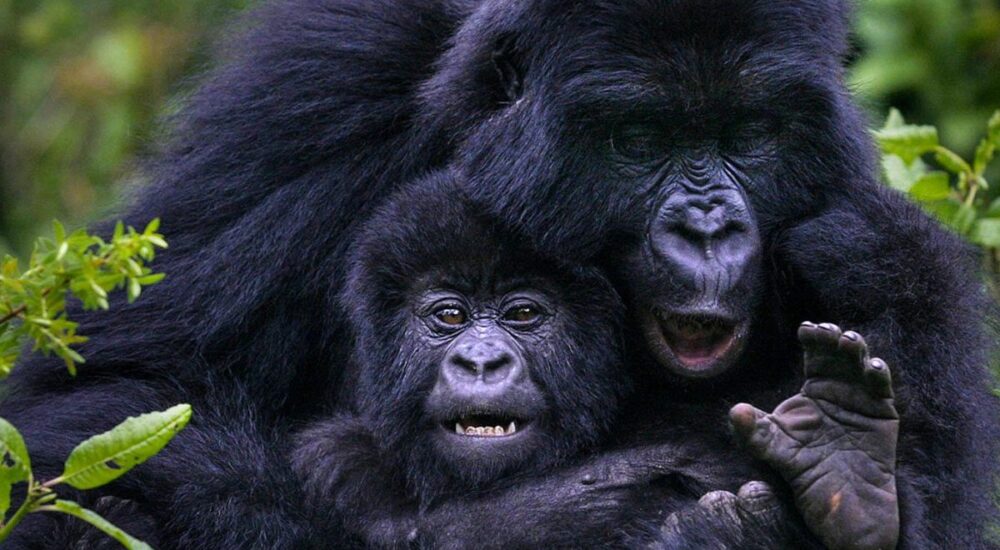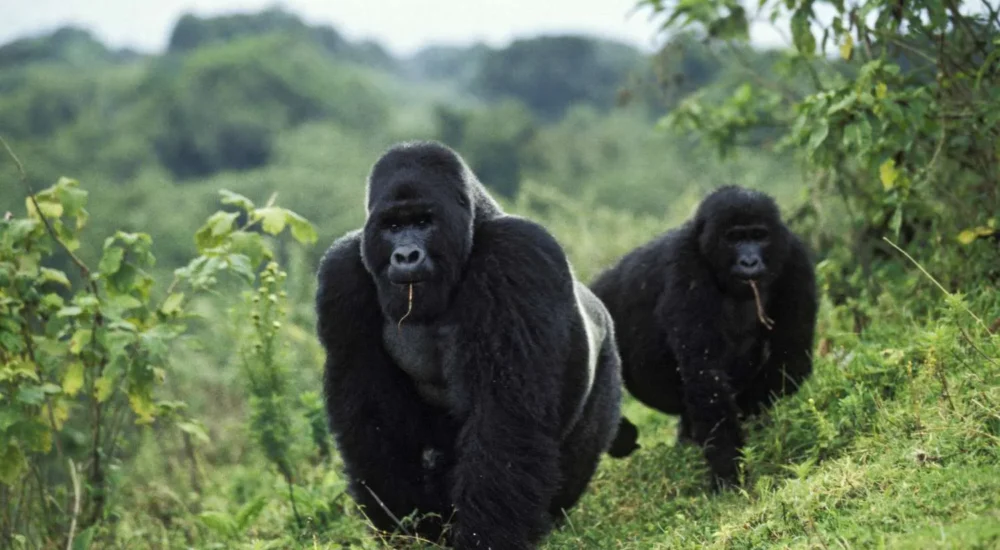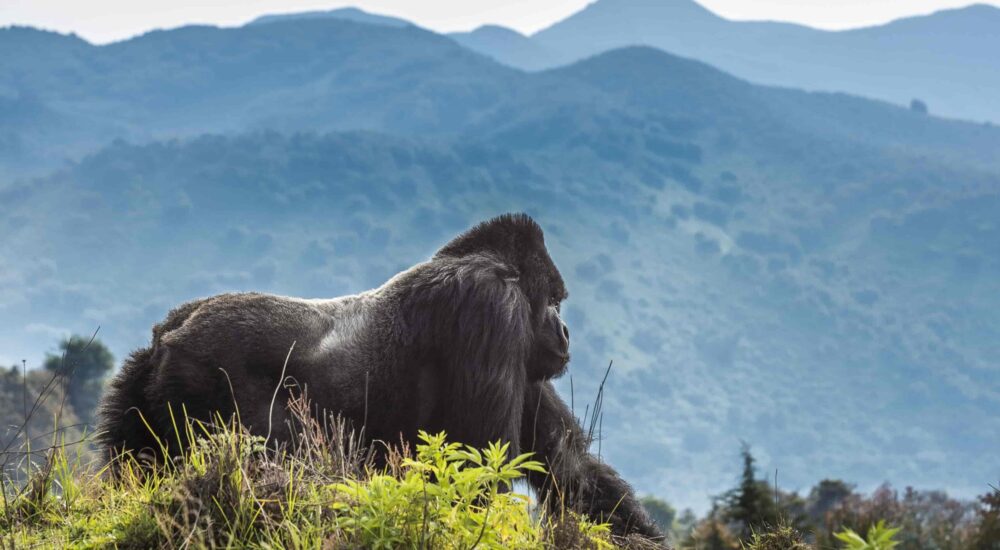BEST PLACES TO SEE GORILLAS IN AFRICA. Where in Africa is the best place to…
The Great Annual Wildebeest Migration
While the globe is seeing magnificent animal sightings, there is another wildlife phenomena that many have referred to as a “natural wonder of the world”: the Great Annual Wildebeest Migration of East Africa. It is a never-ending migration of animals over the Mara-Serengeti ecosystem’s untamed plains, and it is an amazing thrill for tourists on Uganda safari excursions.
Over 1.5 million wildebeest, accompanied by 300,000 zebras, gazelles, and topi, migrate northwest from the Ngorongoro Conservation Area over the enormous Serengeti plains to Kenya’s Masai Mara before the end of the year. Even in the face of imminent danger, they are motivated by the desire to discover new grazing pastures.![]()
As a diversion for a Uganda tour, nothing beats experiencing the Great Migration over rivers like as the Grumeti and Mara. The concept of “survival of the fittest” frequently comes into play when animals are confronted with the choice of continuing to move or falling prey to the waiting jaws of Crocodiles, Lions, Leopards, Cheetahs, Hyenas, and Wild dogs.
Overview of The Great Annual Wildebeest Migration
Although the Wildebeest migration occurs all year, it begins with a calving season from January to March in the Ngorongoro Conservation Area, when almost 400,000 calves are born over a two- to three-week period. The rich grass in the region supplies much-needed nourishment to baby calves as they prepare for the hard journey ahead.![]()
After their numbers have been restored, the herds begin to migrate north to Serengeti National Park, where mating season begins at the end of May. When on a Uganda safari tour, enter into Tanzania with a tourist visa to witness the Serengeti Migration, which has hundreds of Zebras and male Wildebeest battling to the death for mates.
The dry season drives the wildebeest to continue north, crossing across the River Grumeti, a well-known hideaway for Nile Crocodiles, in June. Many sick and fatigued Wildebeest and calves are killed by the Crocs’ strong jaws. Join us on a Uganda trip that includes a stop at Grumeti in Serengeti National Park to witness the Great Migration.
Hundreds of Wildebeest are lost to the Mara, which is devastated by Crocodiles and Lions waiting on the opposite side of the River for the Wildebeest that make it across. The situation is perplexing, since some animals will attempt to return to the water to escape the Lions on the riverbank, only to be captured by Crocodiles.
Don’t miss the Mara and Talek River crossings with Monumental Expeditions and safaris for Uganda vacations. The story is not done yet, as they must cross the Mara River again from October to November to return to the Serengeti grasslands. The Migration here becomes the “biggest spectacle on earth,” with infinite stunning river crossings.
After the November rains, the herds migrate south to the fringes of the Serengeti grasslands, eventually ending up in the Ngorongoro Conservation Area. Here, the cycle begins again, with over 8,000 calves born every day, raising populations once again, but with little idea that some of them may not survive the next year.
The Great Annual Wildebeest Migration with Uganda safari tours:
While this spectacular, and even heart-stopping, spectacle occurs in Tanzania and Kenya, you could always combine it with a Uganda visit, particularly after a Gorilla trekking safari, to truly appreciate East Africa’s animal beauty. We promise that no other display on the planet compares to a stunning passage of the River Mara.![]()
Commonly Asked Questions about The Great Annual Wildebeest Migration
- What do wildebeests look like?
They are a kind of antelope often known as Gnus. They are classified as blue or black Wildebeest. The Blue Wildebeest is distributed across East and Southern Africa, whereas the Black Wildebeest is exclusively found in South Africa. Wildebeest may reach a height of 2.4m and weigh 270kg.
- What causes them to migrate?
Wildebeest follow the showers because where the rains fall typically leaves behind new green grass, which is essential for life.
- When is the greatest time to watch the Migration?
The Great Migration is at its greatest during Uganda tours, from June to early October, when the animals traverse the rivers Grumeti, Mara, and Talek.
- How long will the Migration last?
The Migration travels over 1,000 kilometers from Ngorongoro Conservation Area via Serengeti National Park to Masai Mara game reserve and back.
- What animals will I be able to observe during the Migration?
The Serengeti-Mara habitat is teeming with species, but among the most prevalent are wildebeest, zebras, topis, gazelles, lions, cheetahs, hyenas, crocodiles, leopards, and wild dogs.


